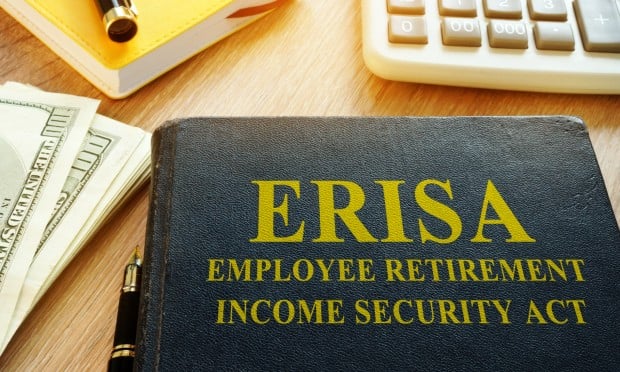While the battle rages over the escalating cost of some prescription drugs, American consumption of these pharmaceuticals in general is at an all-time high, with no slowing of usage in sight.
That’s what a team of researchers from Boston and New York institutions found when they examined federal prescription drug use data. Their main finding: 59 percent of adult Americans filled at least one prescription drug order in 2011-2012, compared to 51 percent in the 1999-2000 study period.
The percentage of those who filled at least five drug orders rose from 8 percent in 1999-2000 to 15 percent in the later study period. The increased demand was largely made up of mood changers, drugs that address obesity, muscle relaxers and certain proton pump inhibitors.
Continue Reading for Free
Register and gain access to:
- Breaking benefits news and analysis, on-site and via our newsletters and custom alerts
- Educational webcasts, white papers, and ebooks from industry thought leaders
- Critical converage of the property casualty insurance and financial advisory markets on our other ALM sites, PropertyCasualty360 and ThinkAdvisor
Already have an account? Sign In Now
© 2024 ALM Global, LLC, All Rights Reserved. Request academic re-use from www.copyright.com. All other uses, submit a request to [email protected]. For more information visit Asset & Logo Licensing.








